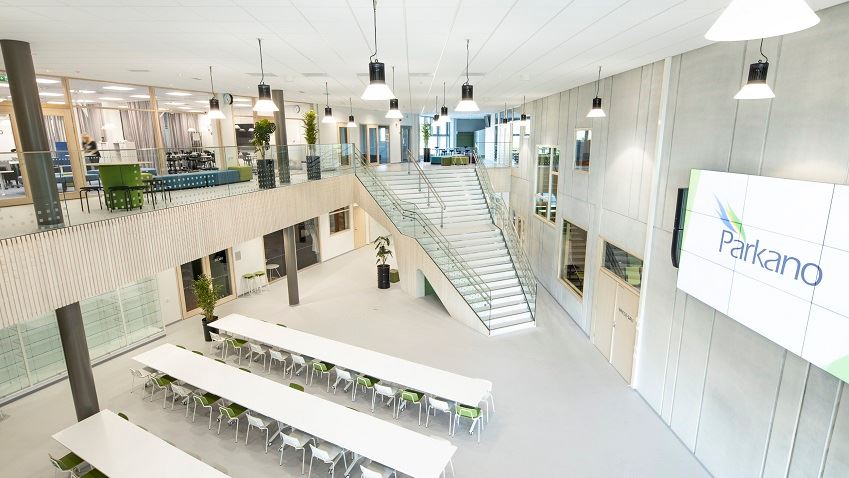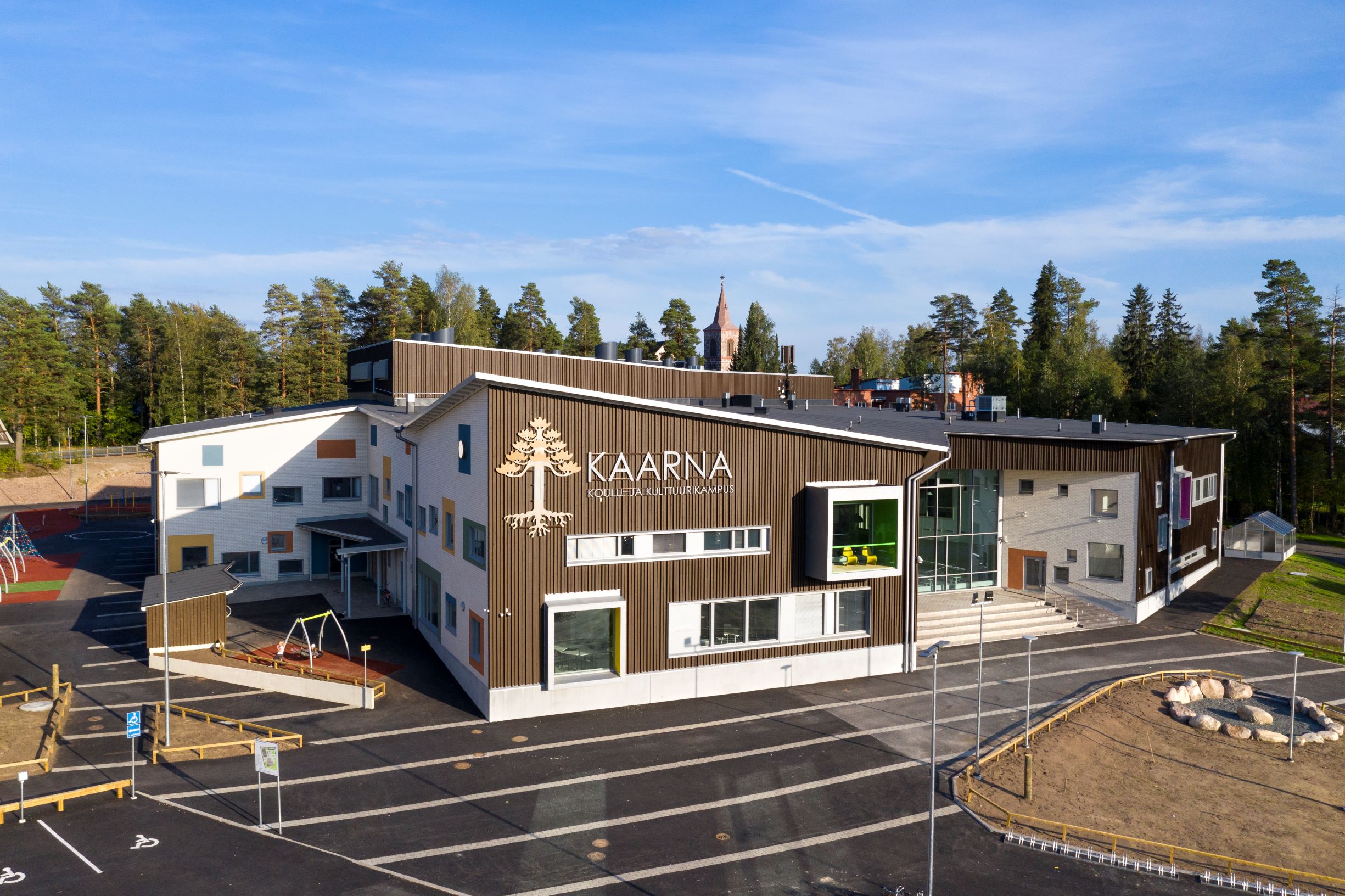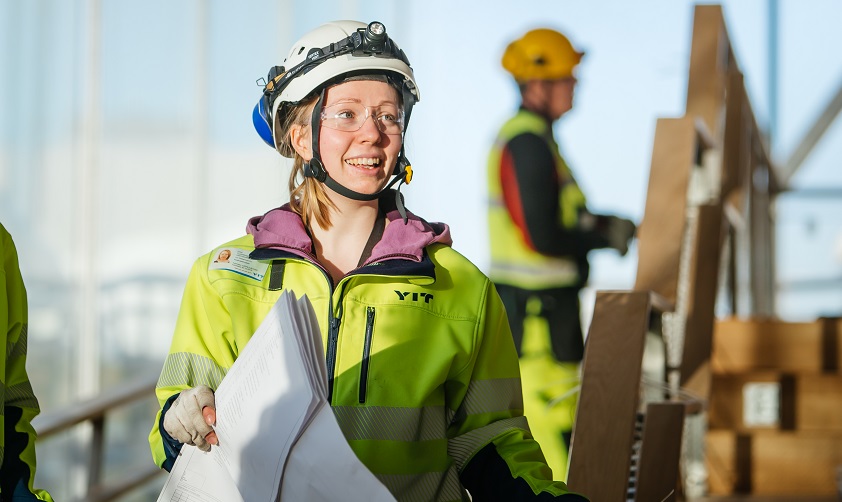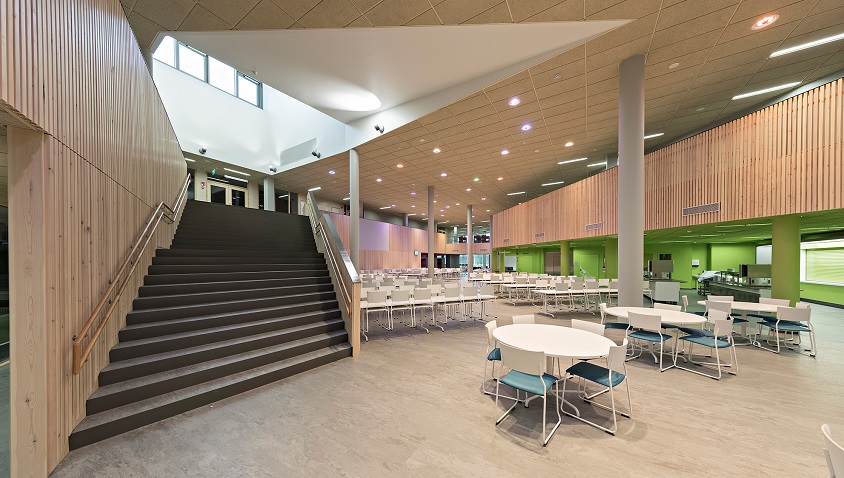Melkinlaituri elementary school and daycare centre, Helsinki
Services

In life cycle projects, we take responsibility not only for planning and building your project but also for long-term services and maintenance.
We have implemented more than 50 life cycle projects across Finland. In this project type, we are the most experienced operator in our industry. You will be assured of the expert and careful maintenance and management of your property, guaranteeing highly functional, healthy and safe conditions for the users of the property and ensuring that the condition and value of your investment is well preserved. Our solutions are aimed at increasing both tangible and intangible capital.
Tangible capital consists of the property being in good condition, having appropriate conditions and usability in accordance with the contract as well as responsibility for the property being in good condition at the end of the contract period.
Intangible capital refers to the best possible conditions for work, learning, the provision of care services and other activities in a healthy, safe, stimulating and motivating environment.
Our services include:
Through solutions that maximise energy efficiency, optimised choices of materials and systems as well as systematic maintenance operations, we make it possible for our projects to have a low carbon footprint.

The life cycle model is a project implementation approach that is based on cooperation and partnership between the client and the contractor (i.e. service provider), in which all of the parties involved have a shared interest in achieving the project’s objectives. The service provider commits to long-term responsibility and takes on longer and more extensive liability for the building compared to the traditional warranty period. The contract period is usually 20 years from the completion of the property.
As the life cycle model does not include project financing, the client is responsible for arranging and optimising financing.
The life cycle model is typically used for multi-purpose buildings, schools, daycare centres, other educational institutions and buildings used for social and health care services.
The procurement procedure used in the life cycle model is the competitive negotiation procedure, which enables the development of design solutions starting from the tender phase in cooperation between the client, users and the tenderer. The tenderer that submits the offer that is the most economical overall (the best price/quality ratio) is chosen as the service provider.
The model ensures a successful project for several decades, as the service provider is responsible not only for planning and construction but also property management services and building maintenance for the full duration of the service period. From the perspective of the client, a single party is responsible for the life cycle project in accordance with the contract, from the start of the project until the end of the service period. A life cycle project consists of a contract agreement (planning and construction), a service contract and a framework contract that combines the contract agreement and the service contract. Together, these contracts define the service provider’s life cycle responsibility.
In the life cycle model, the contractor (i.e. service provider) is responsible for at least the following aspects:
Other services can also be included in the contract on a flexible basis as necessary.
Everything starts from the principle of partnership.

Why choose the life cycle model as the project implementation approach? Experiences of the life cycle model are positive. In the model, the integration of planning, construction and maintenance supports innovation and enables the selection of the solution that is the most economical overall. Risk management is improved by the technical innovations and life cycle innovations created in the project.
The interactive procurement process enables a design solution that meets the customer’s objectives and is efficient.
The model makes it possible for the customer to focus on the execution and planning of their core activities. In the life cycle model, the overall responsibility for the project lies with one party, which makes communication during the project easier and improves the reachability of the parties.
Usability-based service fees guide operations and ensure that the premises are usable with healthy and safe conditions in accordance with the contract, resulting in satisfied users.

Maintenance costs are predictable and remain within the agreed parameters throughout the contract period, with the requirements concerning service levels, usability, conditions and condition at handover being met. Timely maintenance and repairs ensure the technical performance of the property throughout the service period and the fulfilment of the provisions concerning condition at handover.
The adaptability of the premises ensures their versatility in different use cases. Modern school buildings are often also multi-purpose facilities. Youth work, family services, child health clinics and libraries are examples of services that can be located in such multi-purpose buildings. The facilities also provide opportunities for many other activities. In the evenings and on weekends, they can be used for various activities by the local residents. This way, the facilities are used efficiently instead of being idle.
